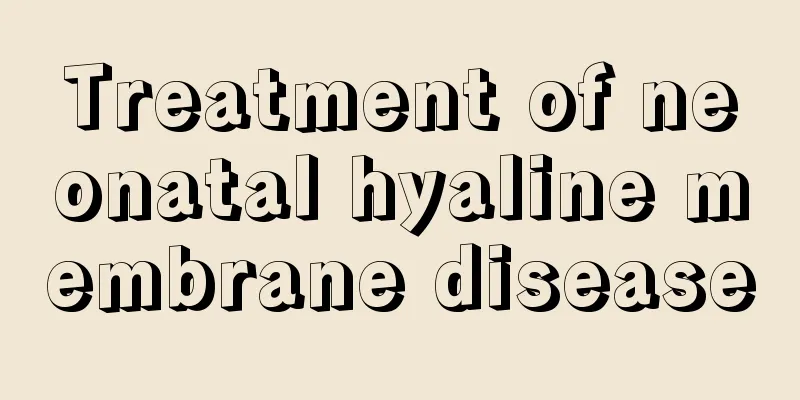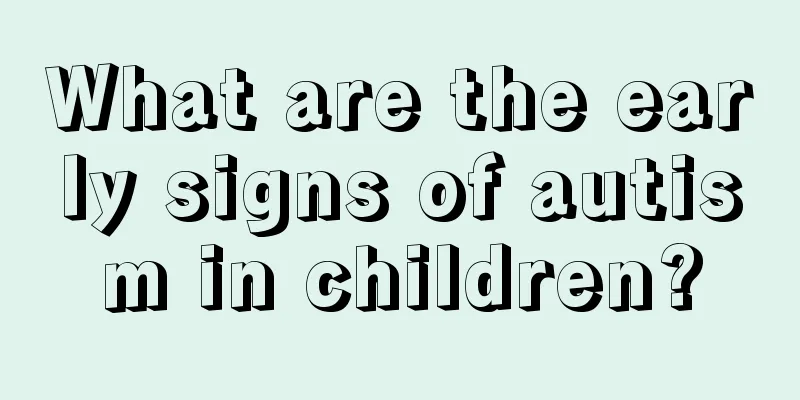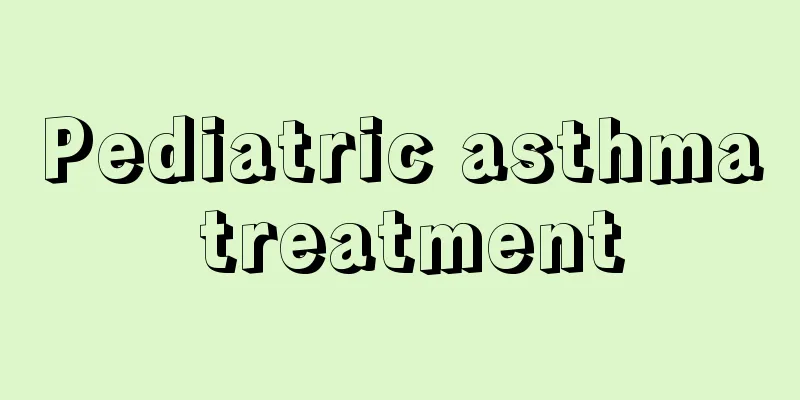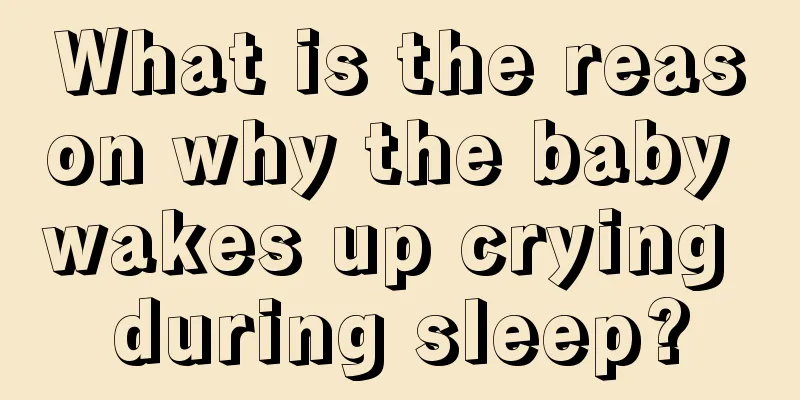Treatment of neonatal hyaline membrane disease

|
In fact, the resistance of newborns is very poor. In addition, at the beginning, parents are not very familiar with taking care of their babies, so it may lead to the occurrence of neonatal hyaline membrane disease. Let us learn about the treatment methods of neonatal hyaline membrane disease. Treatment: 1. General treatment (1) Strengthen monitoring: Pay attention to keeping warm, ensure that the body temperature is between 36 and 37 degrees Celsius, and the relative humidity of the incubator is around 50%. Body temperature, respiration, heart rate were monitored with a monitor, and PaO2, PaCO2, and pH were measured transcutaneously. (2) Keep the airway open: Clear pharyngeal mucus regularly to keep the airway open. (3) Supportive treatment: Ensure nutrition and fluid intake. For those who cannot breastfeed, use 1/5 bottle of sodium-containing solution, 60-80 ml/(kg·d), and 100-120 ml/(kg·d) after the second day, by intravenous drip. For those using artificial respirators, if the inhaled air is saturated with water vapor, the amount of fluid replacement should be reduced to 50-60 ml/(kg·d). (4) Oxygen therapy: Oxygen inhalation and mechanical respiration maintain PaO2 at 6.7-9.3 kPa (50-70 mmHg). Too high PaO2 can lead to retinopathy of prematurity (ROP) and blindness. Inspired oxygen concentration (FiO2) > 0.6 for more than 24 hours is toxic to the lungs and can lead to bronchopulmonary dysplasia (chronic lung disease). 2. Surfactant (PS) replacement therapy There are three types of surfactants (PS): natural, synthetic and mixed preparations. Natural preparations extracted from amniotic fluid, bovine lung, porcine lung or sheep lung washings are more effective than synthetic ones. Mixed preparations are made by adding a small amount of synthetic dipalmitoyl phosphatidylcholine and phospholipid glycerol to natural preparations. Generally, 100 to 200 mg/kg of surfactant (PS) preparation is suspended in 4 ml of normal saline and dripped into four different body positions (supine, right and left side, and then supine) through the endotracheal tube as soon as possible. Pressurized breathing is performed with a mask bag resuscitator for 1 to 2 minutes to ensure that PS is evenly distributed in the lungs on both sides. Symptoms can be seen to improve 1 to 2 hours after medication, and the same dose is repeated every 12 hours. The cure rate can be increased to more than 90% by multiple treatments (2 to 3 times) within 2 days after birth. Giving PS before normal breathing after birth can play a preventive role. The above article gives you a detailed introduction to the treatment methods of neonatal hyaline membrane disease. I believe you already have a preliminary understanding. So in normal times, if your child also has such a situation, you should go to the hospital for treatment in time. |
<<: Methods to relieve separation anxiety in new kindergarten children
>>: Why does the baby breathe heavily when sleeping?
Recommend
Baby's tongue is a little purple
Many babies have the problem of purple tongue. A ...
What should I do if my child has diarrhea due to food poisoning? Teach you effective treatment methods!
If infants and young children have diarrhea due t...
Is it good for children to drink yogurt before going to bed?
The health of children is naturally what families...
Is it okay to give black chicken soup to children?
There are many foods that children cannot eat, bu...
Can children drink enzymes?
Enzyme is a relatively common supplement and a he...
What to do if your baby has a fever and low white blood cell count
Young parents will definitely be anxious when the...
What causes ankle pain in children?
In daily life, we often cause trouble to our bodi...
What to do if a three-year-old child has a severe cough
The weather is getting colder and colder, which w...
Superstitious methods for children crying at night
Children's physical development is not yet co...
The child is twitching, rolling his eyes and foaming at the mouth
Convulsions are a relatively serious disease, esp...
What are the ball games for children?
The early childhood period is a relatively import...
What to do if language development is delayed
The delay in children's language development ...
4 year old baby snoring
In fact, the symptom of snoring is very harmful t...
Can hereditary tics be cured?
Tourette syndrome is a relatively common medical ...
What kind of milk is suitable for children
Milk is a favorite of many people. There are many...









